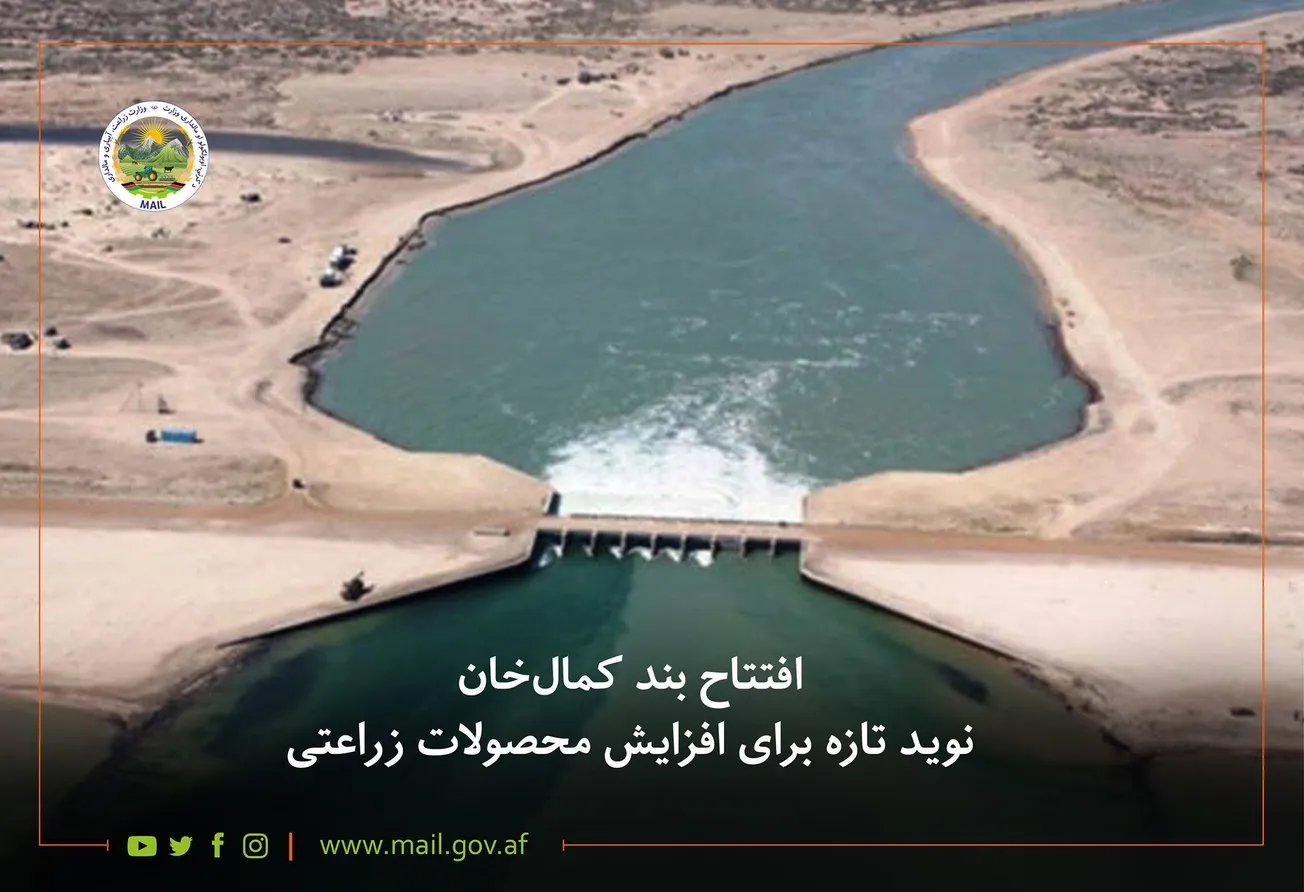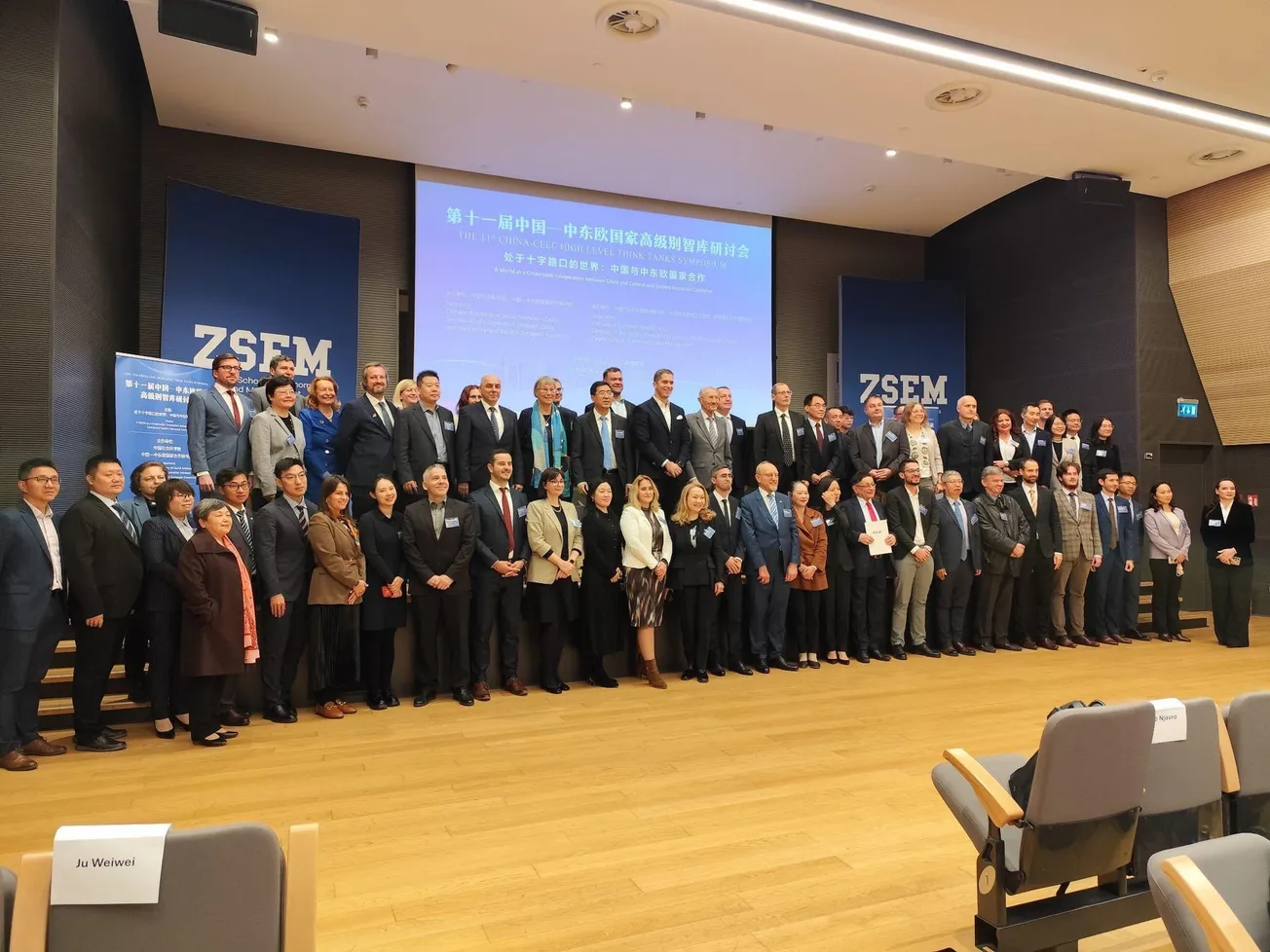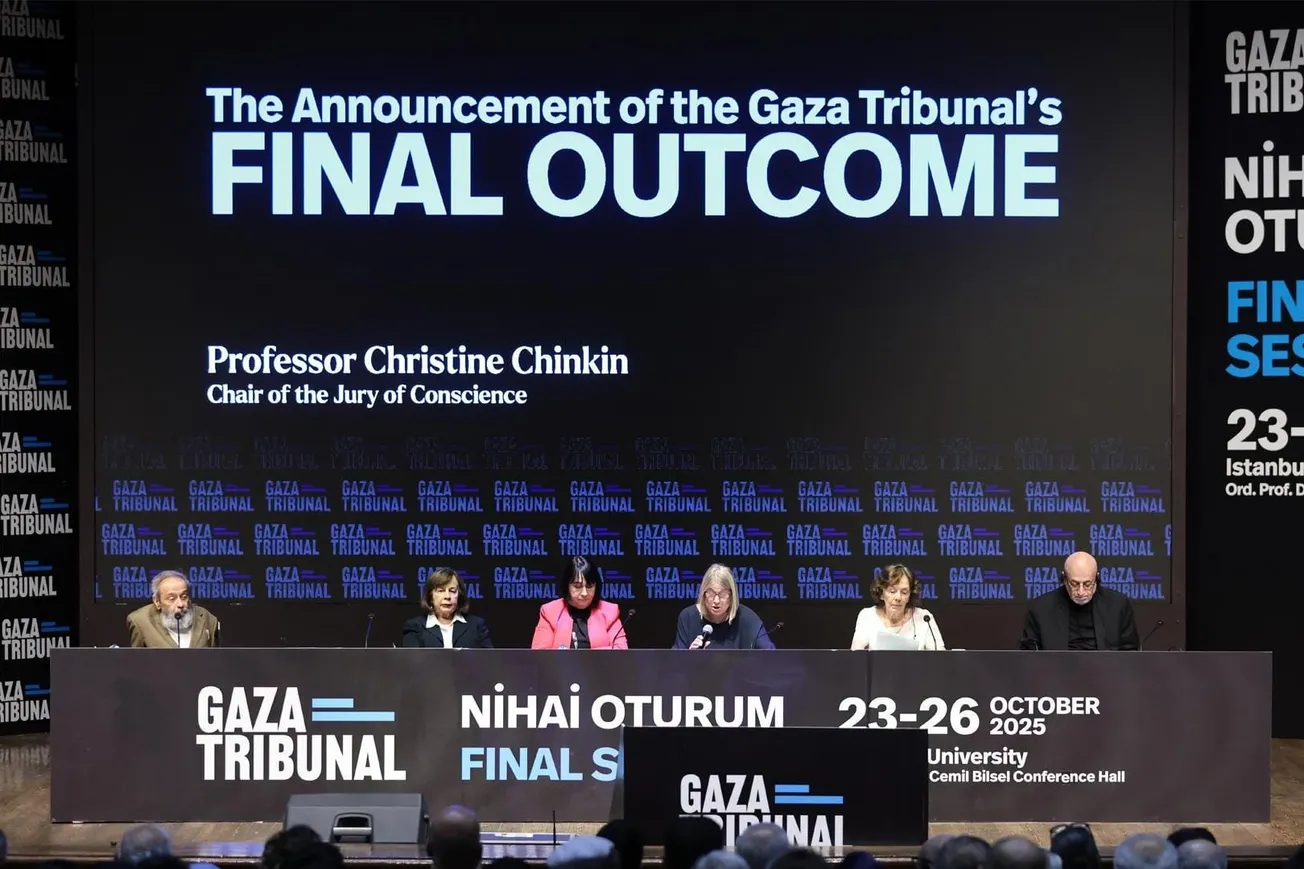At the invitation of China, the Taliban government of the Islamic Emirate of Afghanistan (IEA) attended the third Belt and Road Forum for International Cooperation (BRF), Oct. 17–18, in Beijing. While in China, Afghan Acting Minister of Commerce Haji Nooruddin Azizi, said that his government would be sending a technical team back to China, to confer on follow-up participation in the Belt and Road Initiative (BRI). As reported in his interview with Reuters, a day after the BRF ended, Azizi said, “We requested China to allow us to be a part of the China-Pakistan Economic Corridor and Belt and Road Initiative.”
Earlier this year, China had formally welcomed this prospect. The Chinese Foreign Ministry issued a statement April 12, titled “China’s Position on the Afghan Issue,” stating:
China welcomes Afghanistan’s participation in Belt and Road cooperation, and supports Afghanistan’s regional economic cooperation and connectivity that will transform Afghanistan from a ‘land-locked country’ to a ‘land-linked’ country.
Afghanistan had already formally joined the Belt and Road Initiative in the early years of its founding in 2013, and in 2017 sent a top level Afghan delegation to the second BRI Forum. But with the occupation by the U.S./NATO forces, and the strife and instability in Afghanistan at the time, no BRI projects were initiated. Meanwhile what infrastructure existed from earlier decades—bridges, waterworks, hydropower, highways, and more—came into disrepair, even destruction. And there is a very long backlog of priority new, unbuilt projects—many of them designed years ago, but shelved.
Now the way is open. China’s Foreign Minister Wang Yi spoke of China’s commitment to continue to help Afghanistan to integrate with regional economic cooperation with Central and South Asia neighbors, when he met Oct. 5, before the third BRF, with IEA Acting Foreign Minister Amir Khan Mutaqqi, at the Himalayan Rim International Cooperation Forum in Tibet.
The need for infrastructure and related projects in Afghanistan is acute—power, water, transportation, and healthcare. For example, electricity consumption per capita in Afghanistan is barely 145 kWh a year, in contrast with Iran, for example, with 3,500 kWh. There is a total railroad length of only 300 km in all of Afghanistan, a nation in the size range of Kenya or Ukraine, but larger. Safe water and sanitation levels are low. Add to this the crisis-conditions imposed and maintained through Western sanctions, and through the confiscation of Afghan central banking assets by the U.S. and European cohorts. The result is widespread suffering among the 40 million Afghans, and a diaspora of more than eight million. Over 80% of the population is involved in agriculture, but a large share of them are producing just enough for their individual households to survive. Afghanistan has not been food self-sufficient since the 1970s, before all the armed conflict.






